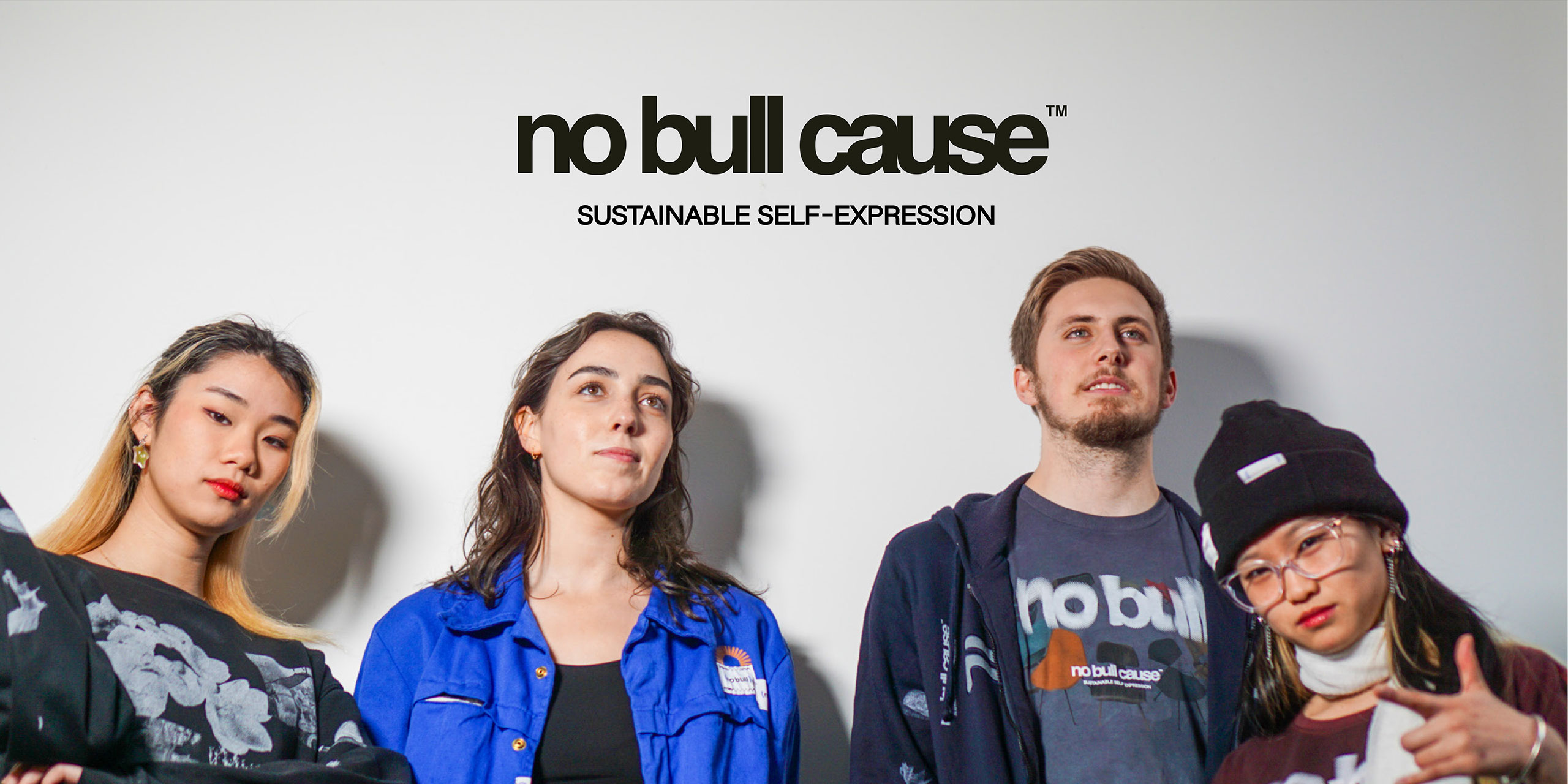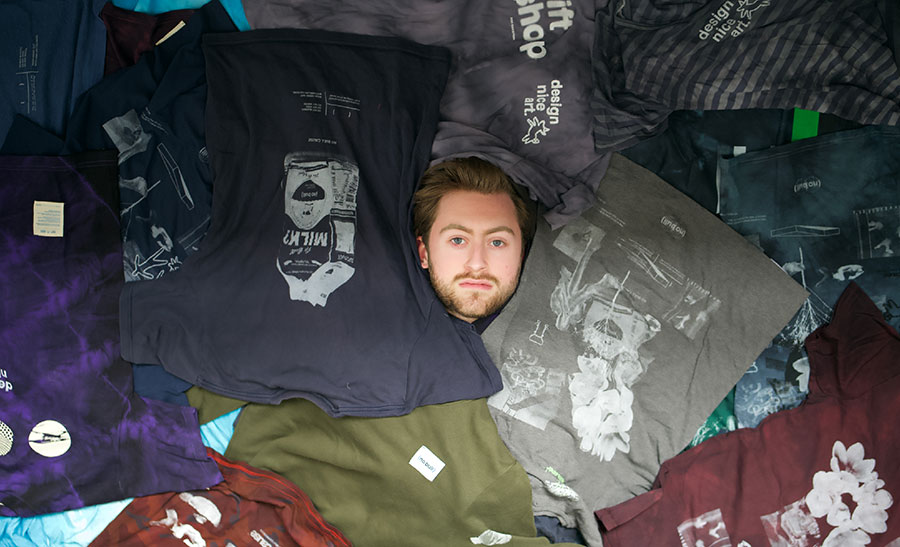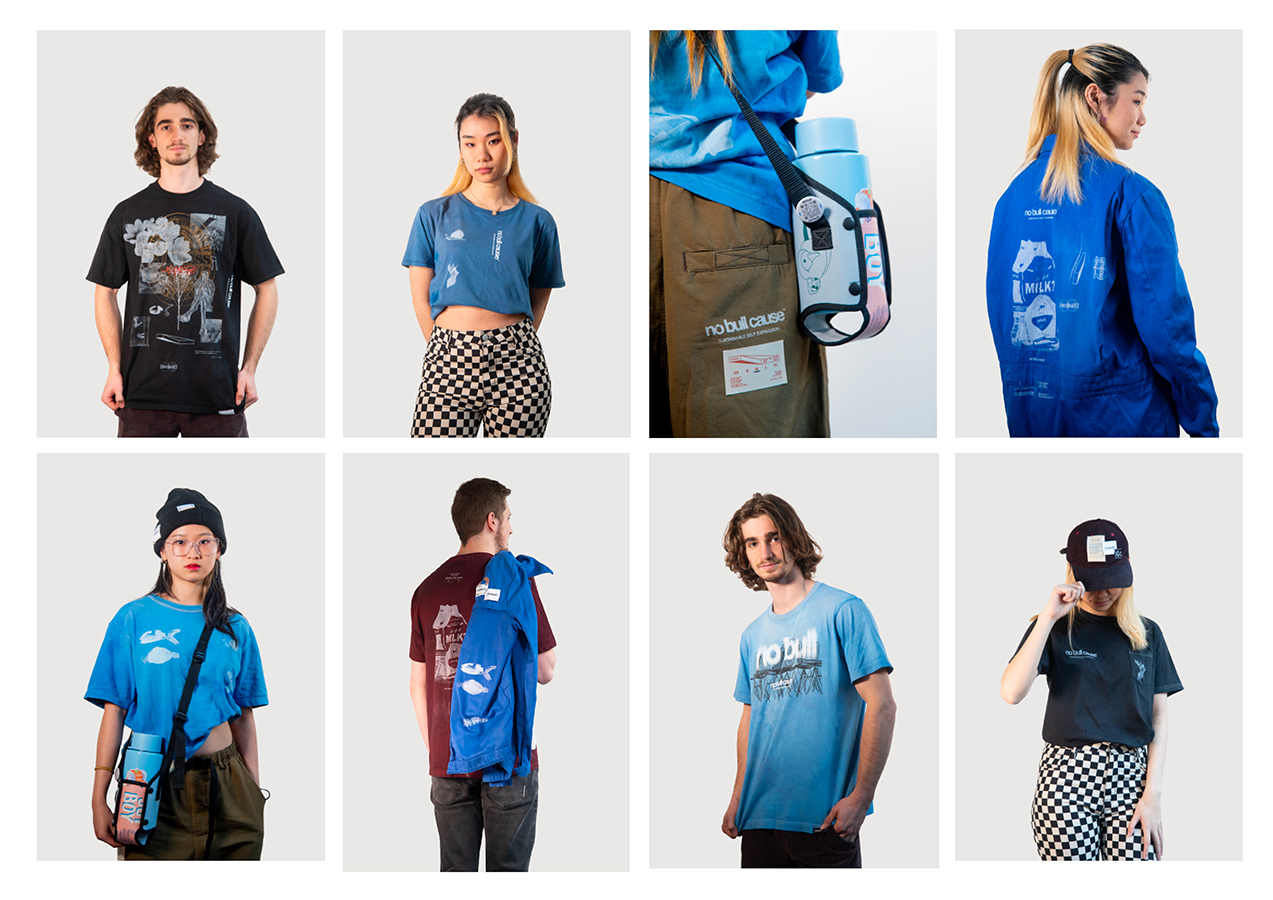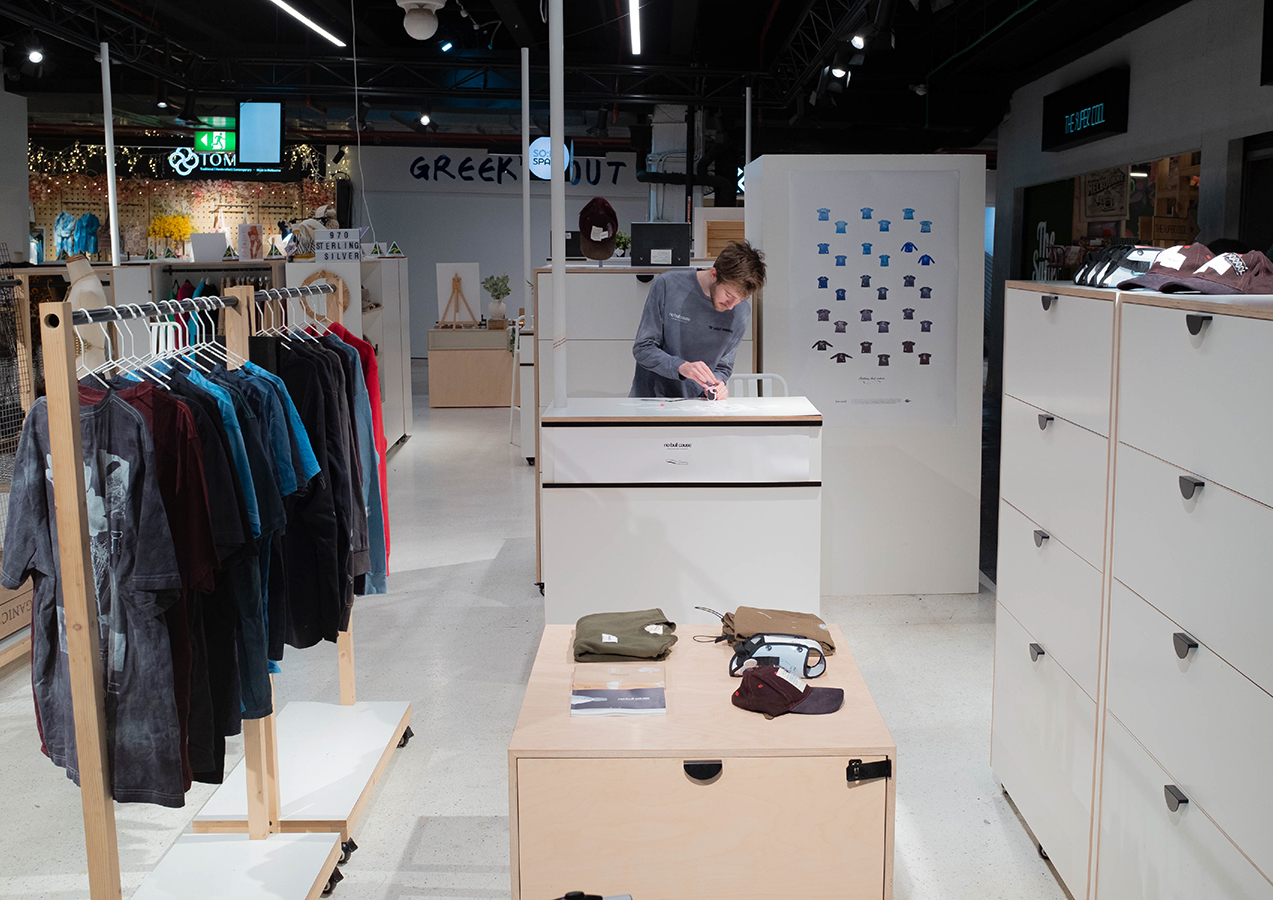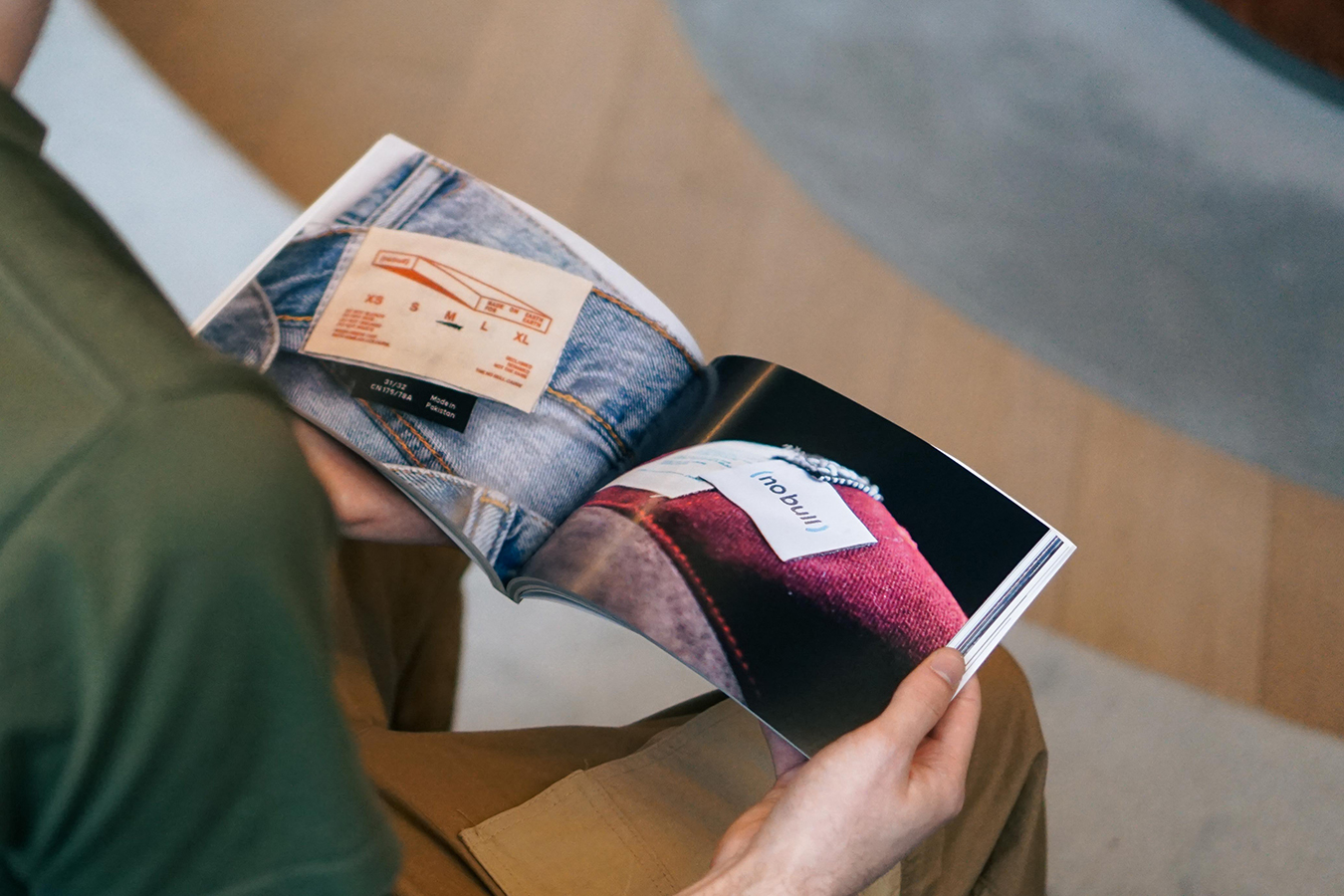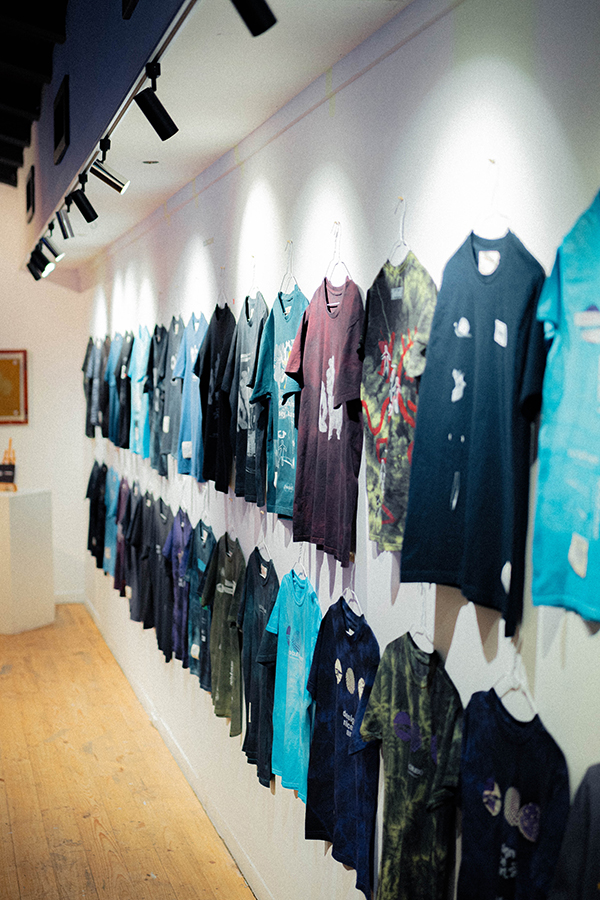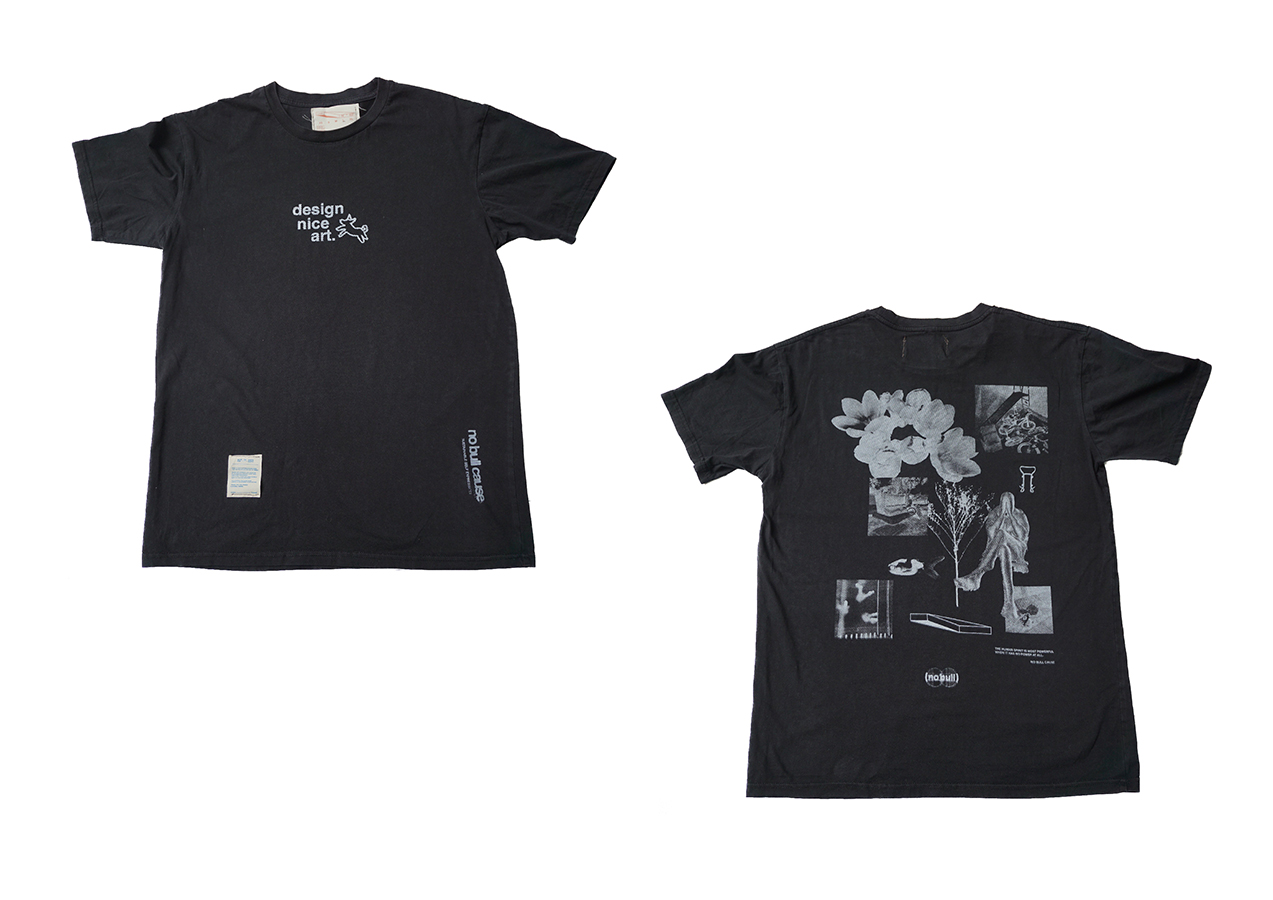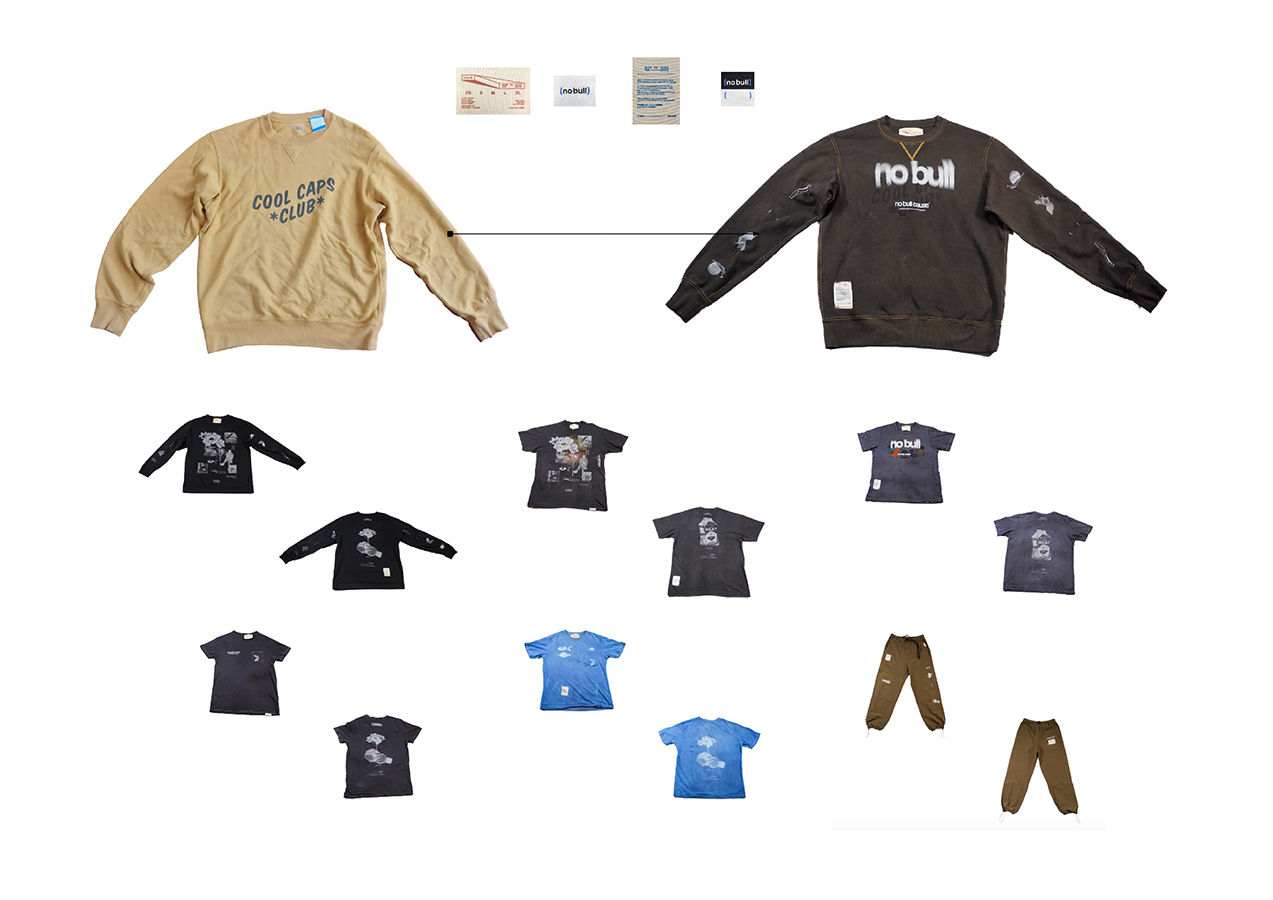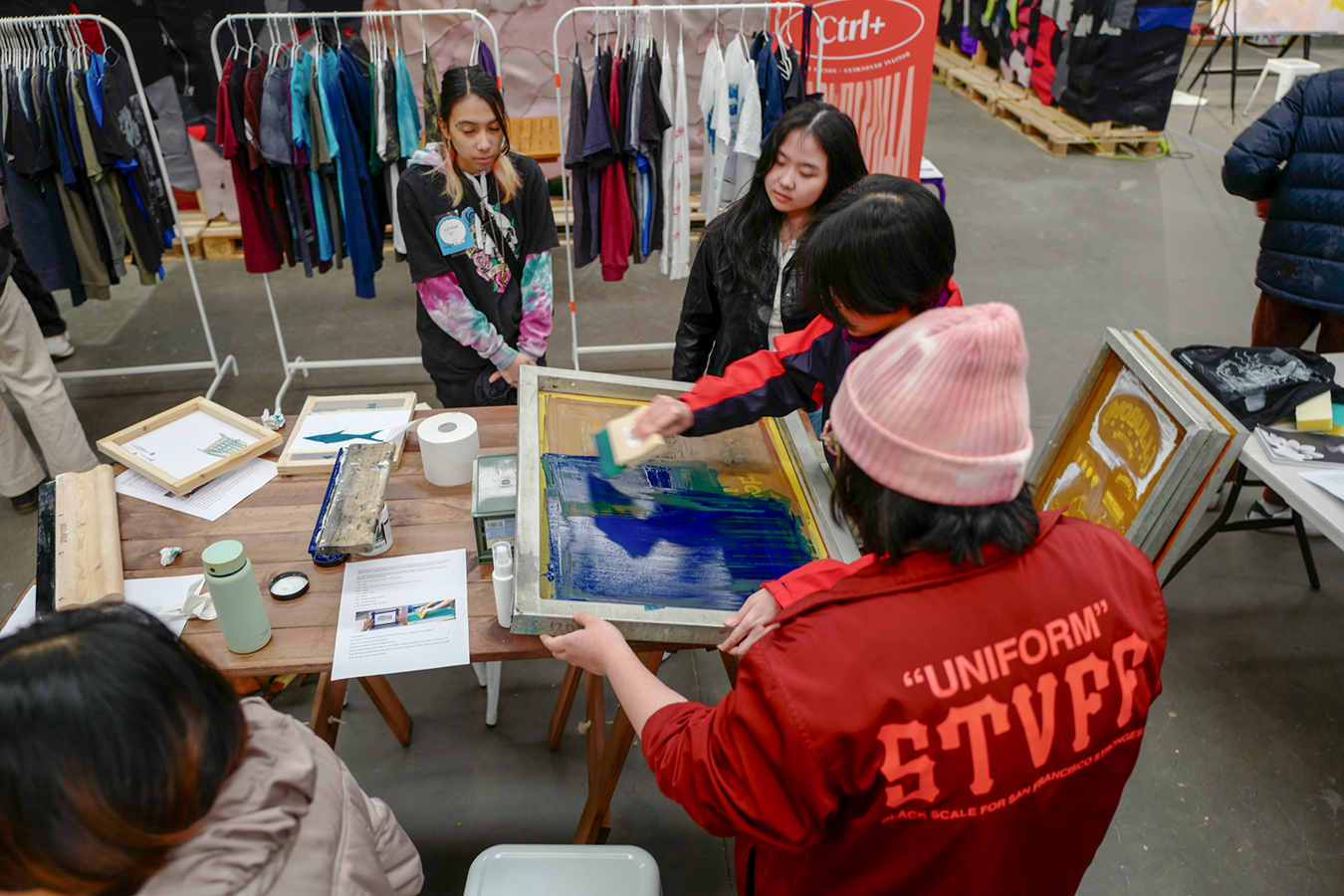The design process started with lots of research, talking to clothing recyclers, target demographics and lots of practical work. I worked with Into Carry, After ANZ, Grapevine, Perks & Mini, Nina Gbor, FB Ideas and Homie to address as many elements of sustainable design as possible. These practical connections allowed me to learn and pin point exactly what niche No Bull Cause should fill and how it can have the biggest impact. I wanted the designs on the clothing to be grounded and never shy away from their origins.
The No Bull Cause intercepts unwanted clothing from the waste stream. It was very important to not put more pollutants onto the clothes, all dyes, labels and inks are water based or made from natural fibres, the embellishments, even the screen prints can be removed to refresh the garment when the customer wants new designs. This ensures the circularity of the product. The new designs on the clothes utilise many mediums, from 3D LiDAR scanning, to illustration, 3D modelling and photography, all designs reference trash and waste in some way, changing relationships with waste.
The capstone project won "Best Capstone" and the "Community Leadership Award" at RMIT before winning two awards at AGDA and receiving bronze at the World Brand Design Society before getting major funding from FB Ideas where the project is now a real-world business and inhabits a 4,000 square foot warehouse.

